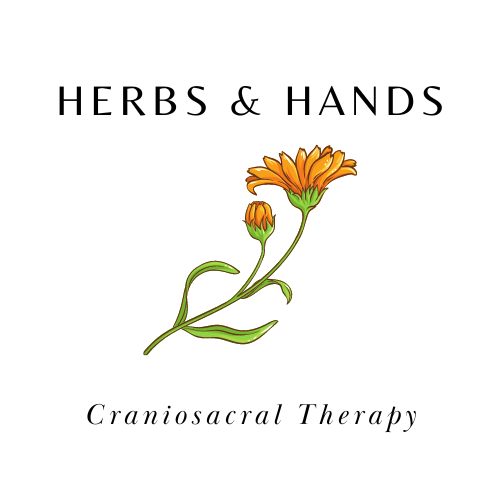Comfrey Medicine
Comfrey, a native European plant, belongs to the borage family and, it’s scientific name is Symphytum officinale. Let’s break that name down a bit shall we? Symphytum originally comes from the Greek symphytos which means to knit together (1). This is exactly what comfrey does, it helps tissue knit back together. Officinale is a designation given to plants that were used broadly by early doctors for their healing benefits and became part of the official pharmacopeia (list of medicines). So, just by looking at the name for comfrey, we already know we are looking at some powerful medicine here.
Before we jump in and laude the accolades of comfrey, let’s take a moment to pause and talk about safety. Comfrey is one of the handful of medicinal herbs that I warn people not to take internally. This is due to the presence of pyrrolizidine alkaloids which are toxic to the liver. These substances are found concentrated in the roots and through the leaves. However, there are some cultivars that are free of these substances (2). If you don’t know if your plant material is certified free of PA’s, stick to external use only! Our livers are so very important to us and are under enough stress from our modern lives as it is. Let’s not add to their burden! Plus, we already have other plants that we can take internally that can work just as well as comfrey to heal our GI tract - like Calendula for instance!
Okay, here we go!
Comfrey the tissue healer extraordinaire:
Comfrey is fantastic at healing - sometimes a little overzealous, but fantastic none-the less. If you plan to use comfrey to heal a wound, be sure to couple it with another healing plant like calendula, plantain, or yarrow that heals from the bottom (deeper in your body) up as comfrey will heal from the top down. Also, don’t use comfrey to heal areas around openings as it has been known to knit the tissues together so well that it closes the openings too requiring surgical intervention! If you have a tendency to form keloid scars, you may also want to pass on the comfrey as it causes “exuberant growth” meaning if used longer than needed, it can cause the growth of extra tissue. This can be in the form of a scar or calluses of the skin or bone.
This is strong medicine!
Energetically, comfrey is cooling and moistening.
Categorically, comfrey is a vulnerary - wound healer.
Two main ingredients make this a healer extraordinaire: mucilage and allantoin. Allantoin stimulates cell growth and is what helps your skin knit itself back together. Mucilage is that slimy, moistening substance we have talked about previously that helps keep cells moist and allows for the biochemistry of healing to occur. Other constituents in comfrey have also been found to be anti-inflammatory and pain relieving (3).
Not only does Allantoin help heal skin, it’s also used to help heal broken bones, strained and torn ligaments and tendons, arthritis, bruises, swollen glands, and more. It also makes a great addition to mouth rinses for periodontitis - just be sure to spit it all out.
The best way to use Comfrey currently is to make a poultice from the root or the stems of the leaves as that is where the mucilage and allantoin resides. If you have comfrey leaf tested and certified free of PA’s, you can also take a tea of the leaf internally to aid with healing from the inside and out.
Growing Comfrey
If you are choosing to grow your own comfrey, why not take the extra step to find a variety that is free of pyrrolizidine alkaloids, then you can use the whole plant without worry!
Comfrey grows readily and will take over your garden, a raised bed is a great way to grow comfrey. The best way to get started is from root cuttings as comfrey will grow easily from root transplants but is extremely difficult to grow from seed. Ask your local herb farm or garden store if they can locate and obtain a PA free root cutting. It may cost a little more in the beginning, but you will be rewarded by a plant that thrives with neglect, and gives you outstanding and safe medicine that you can share with your loved ones in turn each time you need to thin your bed of comfrey.
References
Merriam-Webster Dictionary https://www.merriam-webster.com/dictionary/Symphytum
Wood, M, The Earthwise Herbal: A Complete Guide to Old World Medicinal Plants
Tilgner, S, Herbal Medicine From the Heart of the Earth (second edition)


